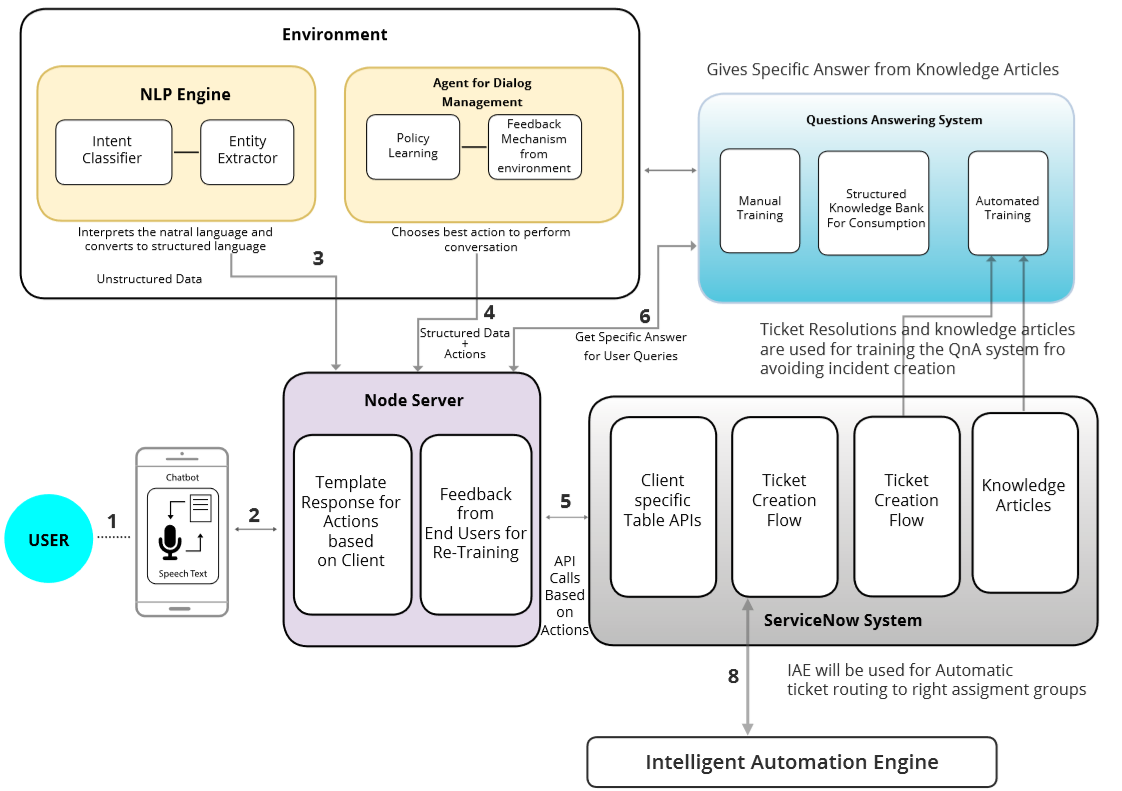Some Known Incorrect Statements About "Saying Goodbye to GPT: The Quest for Smarter and More Efficient Chat Solutions"

The Increase of Next-Generation Chatbots: Exploring the Need to Substitute GPT
Chatbots have come to be considerably prominent in current years, along with organizations and individuals alike making use of them for several reasons. Coming from consumer service to virtual assistants, chatbots have verified to be dependable resources that can deal with repetitive tasks and supply details swiftly.
One of the most commonly utilized chatbot models is the Generative Pre-trained Transformer (GPT), developed through OpenAI. GPT has got substantial interest due to its capacity to produce human-like content through predicting the next term in a sentence based on situation. Nonetheless, as modern technology advancements and individual desires advance, there is actually a growing need for next-generation chatbots that can outperform the limits of GPT.
GPT-based Found Here possess constraints when it happens to understanding circumstance and giving accurate reactions. While they succeed at generating defined message, they typically lack the capability to understand intricate queries or sustain relevant conversations. This helps make them much less effective in situations where individuals call for particular info or personalized help.
The necessity for improved chatbot capacities has led analysts and developers to look into alternative versions that conquered these restrictions. One such model is the Transformer-XL, which extends on GPT's architecture by presenting a longer-term moment mechanism. This makes it possible for the chatbot to keep context from previous communications and supply extra steady actions over prolonged chats.
An additional strategy being looked into is integrating rule-based units along with maker learning techniques. Rule-based units depend on predefined designs and regulations to generate responses while maker knowing techniques permit the system to find out from data and boost its efficiency over time. Through leveraging both approaches, programmers can easily develop chatbots that are not simply competent of creating coherent content but additionally possess a much deeper understanding of individual queries.
Furthermore, innovations in natural foreign language processing (NLP) have paved the technique for much better discussion control bodies in chatbots. NLP algorithms now allow for much more exact intent awareness and company extraction, allowing chatbots to know user inputs even more successfully. This enhanced understanding enables chatbots to provide a lot more appropriate and personalized feedbacks, enriching the overall customer experience.
Furthermore, the surge of neural network architectures, such as the Transformer style, has opened up up brand new possibilities for next-generation chatbots. Transformers are qualified of processing message in parallel, creating them much faster and extra effective than traditional recurrent nerve organs systems (RNNs). This enables for real-time communications along with consumers, minimizing response opportunities and improving user satisfaction.
While GPT has undeniably helped make considerable innovations in natural foreign language processing and generation, it is very clear that there is actually a demand for next-generation chatbots that can outperform its restrictions. The increase of brand-new models and procedures shows thrilling opportunities to make chatbots that are not only qualified of producing human-like text but likewise possess a much deeper understanding of consumer queries and context.
In final thought, the demand for next-generation chatbots is on the surge as organizations and individuals look for much more innovative informal AI devices. GPT-based designs have paved the means for all-natural language generation but fall short when it happens to circumstance understanding and personalized assistance. Through looking into different designs such as Transformer-XL, mixing rule-based devices with device learning techniques, progressing NLP formulas, and leveraging neural system architectures like Transformers, programmers can easily produce chatbots that deliver remarkable performance in understanding situation and supplying exact actions. The future of chatbot modern technology is located in these developments, guaranteeing a smooth consumer take in in numerous domains.

